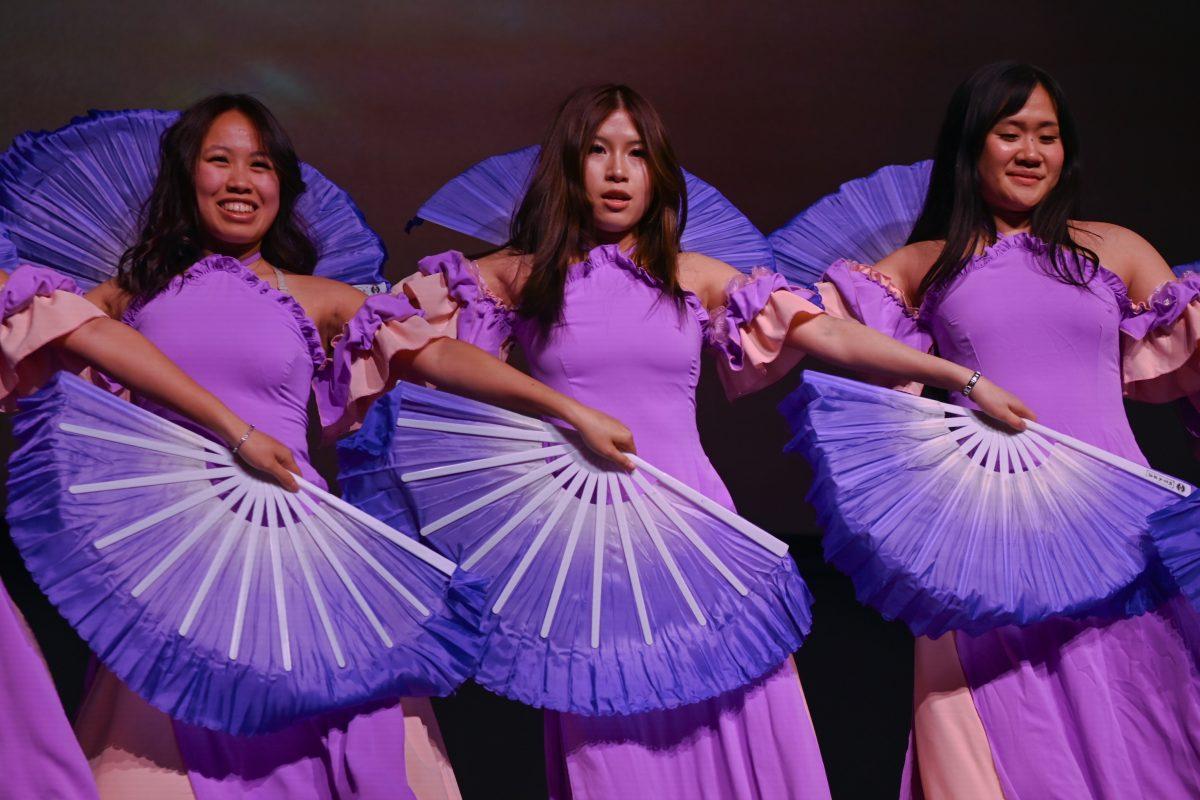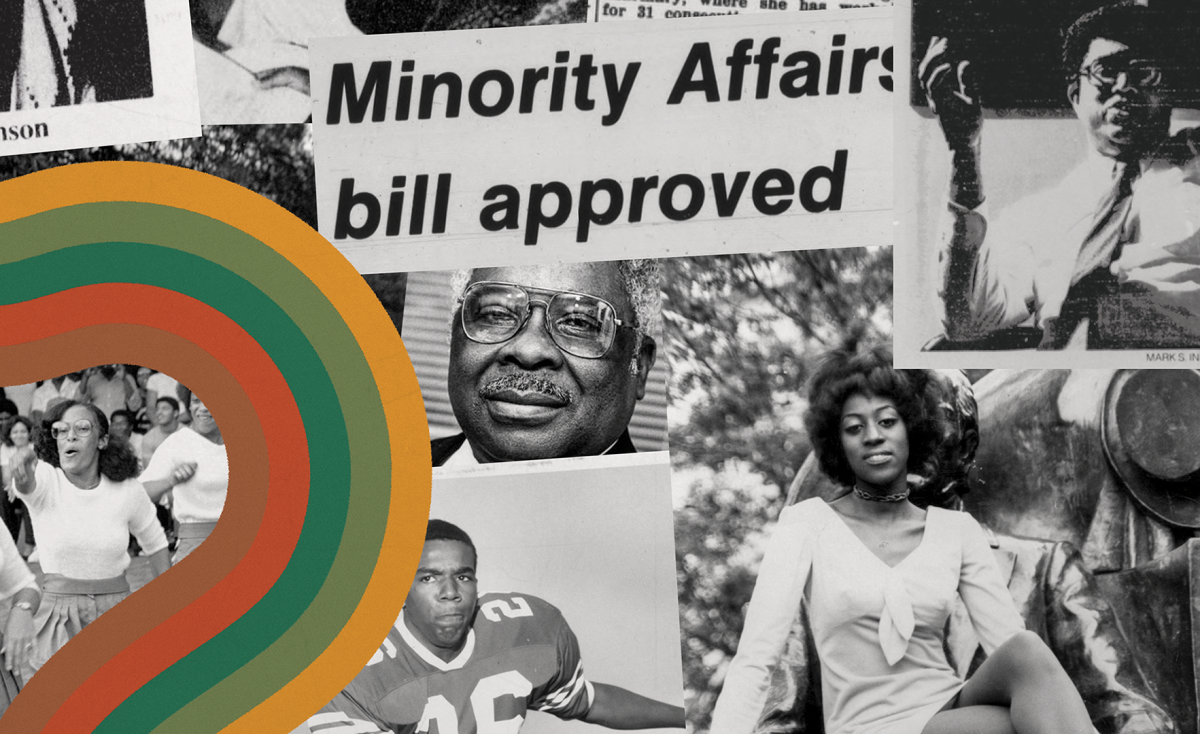By this point, you might have heard the term “BORG” in everyday conversations, but if you haven’t, here’s what it means and why it’s grown so popular on TikTok and U.S. college campuses.
The BORG, an abbreviation for “blackout rage gallon,” is a gallon jug filled halfway with water and a fifth of liquor — typically vodka or tequila — with a caffeinated flavor enhancer and powdered electrolytes, such as Liquid IV, to avoid hangovers.
This party drink has become the beverage of choice among college campuses around the country, mostly because of its simplicity, which allows students to become drunk quickly and cheaply.
“It’s easy and cheap and fun,” said AJ Toman, a third-year studying natural resources. “You don’t have to spend a lot of money on mixers or anything. It’s mainly just water and alcohol. So it makes it very simple [and] easy to make, and also, you can carry a whole lot of it around for a long time.”
Although the ultimate purpose of a BORG is to get drunk, there are some pros and cons for this new way of consuming alcohol.
Some researchers say BORGs promote binge drinking. According to the National Institute on Alcohol Abuse and Alcoholism, binge drinking occurs when you drink too much alcohol in a small amount of time, raising blood alcohol concentration to 0.08% or higher.
Thomas Hardiman, director of Student Conduct, said BORGs inherently promote binge drinking, yet some of the data shows that it isn’t representative of the majority of the student population. However, BORGs still remain a drinking trend and aren’t the first.
“BORGs are historically not the first, nor the last, kind of drinking trends,” Hardiman said.
Hardiman said what differentiates BORGs from other college drinking trends is that BORGs are individually created by students, which can be hard to regulate.
“Ten years ago, we saw significant issues on college campuses with students who would go out and to pregame they would have two or three Four Lokos, and an hour later, they’d be passed out and have to get medical attention,” Hardiman said. “Luckily, state legislatures intervened. … But they’re not going to ban the sale of Tito’s, and they’re … certainly not going to ban the sale of water.”
Toman said that because of its simplicity, the negative thing about BORGs is that you may go too far and drink more than is healthy.
“I do think the downside is that it’s very easy to go too far with it,” Toman said. “Put way too much alcohol in there [and] have a terrible night because you don’t know how much you’re drinking until it’s too late.”
Whitley Grant, alcohol and other drug prevention coordinator, said BORGs have some harm-reduction component as you’re in control of your own drink the whole time.
“I think having a drink that you [are] just holding all night [and] putting a cap on it, it definitely can prevent someone from spiking your drink,” Grant said. “So I think that [the] intention behind it was really on point. But the reality of it is, if you consume the whole thing, that’s still very, very dangerous.”
Brodie Smith, a third-year studying political science, said while drinking is a reality in college, BORGs help to reduce some of the risks as it gives the owner control on what’s inside of their drinks.
“It’s actually a way to be safe drinking now, because you can have your own individual drink that you’re always holding,” Smith said.
From this perspective, BORGs appear less risky than other forms of college drinking, particularly among those who identify as women. Since the beverage is in a personal container with a cap, the likelihood of a dangerous substance being added is reduced.
“You keep it close to yourself, and you have a drink that can last the whole night without having to get another one or risking drinking party juice or whatever and getting drugged,” Toman said. “So there is a safety aspect to it, too.”
BORGs, as Smith said, are in the middle of a Venn diagram between binge drinking and drinking responsibly — it promotes getting drunk in a short period of time, but also allows individuals to have control over their drink all night without the risk of a drug being added to it.














